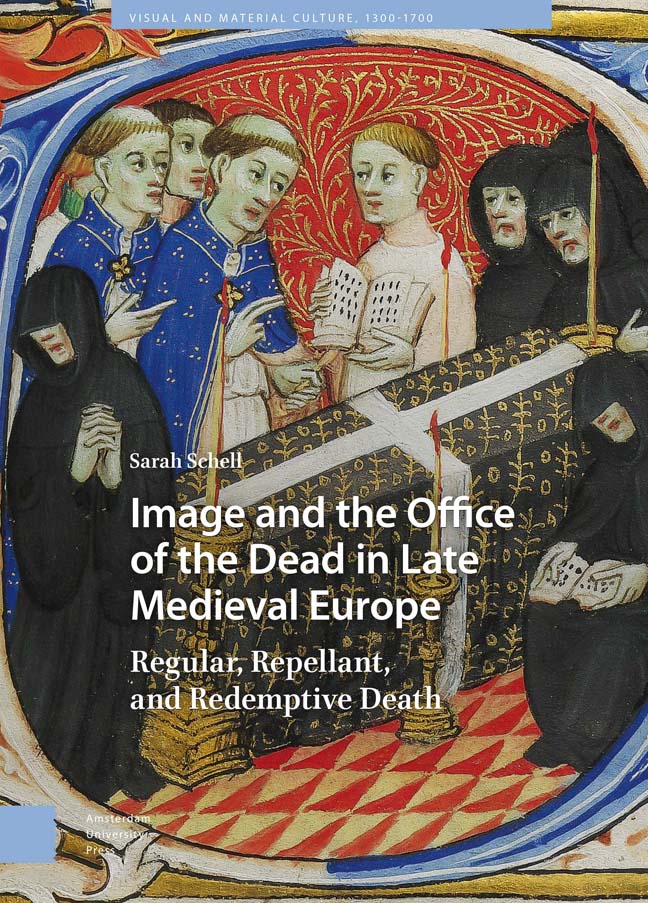Book contents
- Frontmatter
- Dedication
- Contents
- List of Illustrations
- Introduction
- 1 The Office of the Dead in Christian Liturgy
- 2 Regular Death: Reading the Funeral and Imaginative Practice
- 3 Repellent Death: Time, Rot, and the Death of the Body
- 4 The Redemptive Death: Job, Lazarus, and Death Undone
- Conclusions
- Bibliography
- Index of Manuscripts
- General Index
2 - Regular Death: Reading the Funeral and Imaginative Practice
Published online by Cambridge University Press: 17 February 2024
- Frontmatter
- Dedication
- Contents
- List of Illustrations
- Introduction
- 1 The Office of the Dead in Christian Liturgy
- 2 Regular Death: Reading the Funeral and Imaginative Practice
- 3 Repellent Death: Time, Rot, and the Death of the Body
- 4 The Redemptive Death: Job, Lazarus, and Death Undone
- Conclusions
- Bibliography
- Index of Manuscripts
- General Index
Summary
Abstract: This chapter explores the ways medieval readers engaged with images of ritual through imaginative and meditative reading practices. The repetitive and formulaic nature of the imagery is considered as a visual and imaginative invitatory to the reader-viewer to be absorbed by the image. Images of ritual offer several avenues to the reader through which to engage with an objectified ‘self’, in the representation of the material signifiers of social identity, and in the focus on the corpse within the communal setting. Finally, the evocation of sounded and somatic experiences of the Office of the Dead as represented and experienced through the image is discussed.
Keywords: funeral, community, self-fashioning, reader engagement, imagination, sound, ritual
The twenty-first-century popular media image of death is the Grim Reaper or a shambling zombie. However, sensational films and novels aside, when most of us think of death, this is not what comes to mind. It is our own dead we think of, not as a decayed body but as the person they were when they were with us: friend, relative, or colleague. What we recall is a ‘social’ body, a person who was part of a complex of family, community, and broader social networks and who defined and was defined by those relationships. We do the same for ourselves. If we consider the impact of our own deaths, it is usually in the context of how our absence will impact the relationships we are part of. This sense of identity-in-community is essential to our perception of ourselves. It embeds us within a complicated web of interconnected relations: kith and kin, civic, institutional, and economic. Death creates absence and leaves a gap in this tightly woven social fabric.
The Office of the Dead is unusual among the texts of the Book of Hours in that it is what we might call a ‘functional’ office. Its function was to prepare a community to manage loss, as well as a body for burial and a soul for the afterlife. It was performative in a way the texts of the Little Office of the Blessed Virgin Mary, the other principal text of the Books of Hours, were not. People attended the Office of the Dead; there was an ‘audience’ of family, mourners, priests, and community members. These attendees were at once hearing the Office and potentially participating in it.
- Type
- Chapter
- Information
- Image and the Office of the Dead in Late Medieval EuropeRegular, Repellant, and Redemptive Death, pp. 57 - 96Publisher: Amsterdam University PressPrint publication year: 2023



